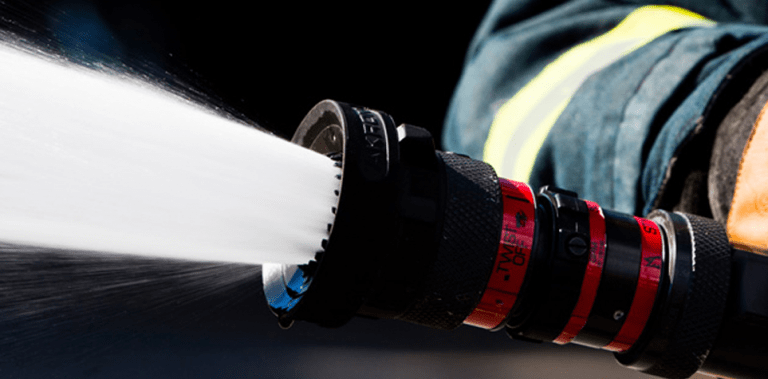Some men describe their prostatitis pain as sitting on a golf or tennis ball, which makes sitting uncomfortable. It can be very frustrating to have pain while sitting because you can’t avoid sitting all the time. That’s why men find that using cushions and pillows for prostatitis makes sitting much more comfortable. If you sit for long periods of time you may want to evaluate your driving and work situations, because prolonged sitting is a contributor to prostatitis. Schedule breaks from sitting, and alternate with standing or other changes of position. Using a standing work station can get you off your seat and give the prostate area a rest.
You may have seen donuts made for people healing from pelvic injury, but they can be embarrassing and less comfortable than the types of cushions that are designed to treat prostatitis. The cushions and pillows that are made for chronic prostatitis/chronic pelvic pain syndrome (CP/CPPS) may have a depression where the prostate area would rest. You can take them with you to places where you might sit for long periods, such as sports games, religious services, restaurants, flights, etc. They make ones that fold up and have a handle for easier carrying.
How to Find Cushions and Pillows for Prostatitis
It is easy to shop online for cushions and pillows for prostatitis. Look for prostatitis relief seats and cushions that are made specifically for relieving pressure. You can even find seats that are designed to align and angle the spine to help relieve lower back pain as well.
Even though cushions and pillows for prostatitis can help relieve pain while sitting, you most likely are going to look into other drug-free ways to treat prostatitis pain. Other inexpensive and easy alternative pain relief strategies you can do at home involve sitz baths, heat therapy, and applying ice packs to the prostate area.
It is estimated that 50% of the men with CP/CPPS have pain that is caused by a dysfunction of their pelvic floor muscles. There are a number of other natural and alternative treatments that can help relieve prostatitis symptoms and pelvic floor tension. Acupuncture, biofeedback, physiotherapy, and trigger point release therapy all are helpful, and most successful treatment programs incorporate many types of therapies. Learning techniques to manage stress are beneficial because stress and anxiety contribute heavily to pelvic tension as well. Some of the natural treatments involve making dietary changes and taking supplements, including probiotics.
Treating prostatitis is a long process and requires some patience. You can use the cushions to make you more comfortable while you heal, but keep trying other types of active treatment so that you can progress to the point where your pain is relieved and you no longer need them. A multimodal approach to CP/CPPS works best.







